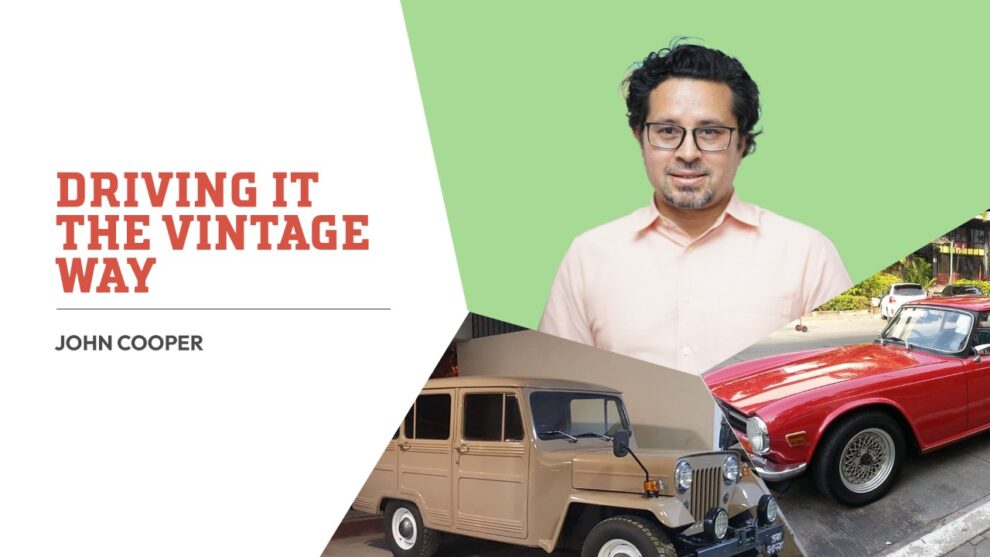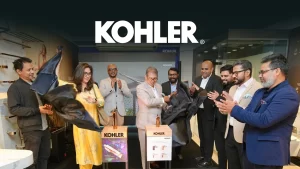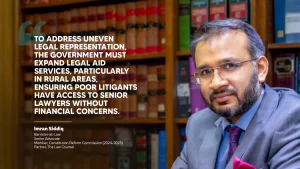Q. Give us a brief introduction of yourself.
I run a family business which is my profession. I am an industrial designer and machinist. Currently, I’m working on the automation of our bakery. Alongside that, I work on vintage car collection and restoration.
Q. How did your fascination for cars begin? Can you share the experience of having your very first car?
Classic cars are always a good point for conversations among friends. Talking about brand new cars, the conversations are mostly about how many horsepower the car has, how fast the car runs, and how expensive it is. But when you talk about classic cars, you will see the fascinations grow more differently. People would want to know who the owner is and who had put that much effort into restoring a classic piece when they see a restored classic car. For me, that is more meaningful than just buying a brand new car.
Like the firstborn baby, my favorite is my first car that is the Nissan Cedric. It is still maintained very well. Every time I go to my factory I would spend some time with it, sit in it and it is very nostalgic because this started back in 1999. Whenever I sit in that car and look at all the other cars in front of me, I feel Nissan Cedric has given birth to all the other cars. That’s why I like to call it the mother of all the other cars.

Q. Tell us about your growing interest in vintage and modern cars?
Yes, I have fascinations for modern cars too. Certain modern cars are iconic and keeping their heritage by keeping their old designs. For instance, Mini Cooper, VW Beetle, and Jeep Wranglers did not make any major modifications to their previous designs. The Land Rover Defender has stuck to its vintage design for the last 40 to 50 years. So this type of vehicle that has a connection to the vintage ones would catch my eyes on the road.
Q. Walk us through your collection. Among all, which car do you always have a soft corner?
Currently, I have a Nissan Cedric, Nissan President, Wrangler Jeep, a first-generation Toyota Land Cruiser (J40), a Mitsubishi Wagon, and Nissan Patrol. Also, I have two classic Mini Coopers, and one we have managed to get into an outlet which you will probably see in Shantinagar, and the other one is parked in my garage. Another reason for restoring Mini Cooper is because of my surname haha!
Among my collection, my soft corner would be my Jeep Wrangler because basically, I had to put that car together and I would know how all the nuts and bolts of putting it together and if it does break down I would know immediately what has gone wrong. Therefore, I have a soft corner for Jeep Wrangler.
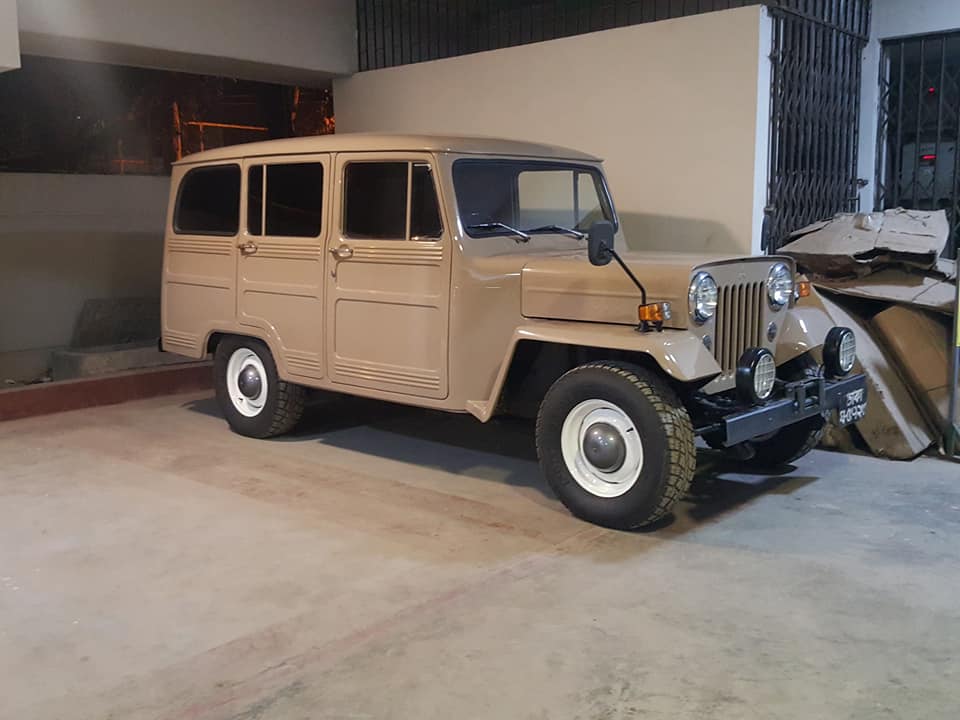
Q. How do you maintain and take care of your cars?
I used to take care of them better when I was younger and as I am getting older, the cars are getting older too so I am trying to find more therapies for staying calm to deal with their breakdowns, haha!
Q. Can you please tell us the procedure for car restorations?
There are three types of restoration. Stage one is getting the engine and getting it running. Stage two would be making the car more legal enough to get it running on the road. Stage three is the most expensive because, in this stage, we have to take out every accessory of a car, starting from the body to rebuilding of the engine, steering, and suspension. Hence, it is the most expensive stage. Nowadays, people are doing more stage three as they have enough money to rebuild a car from scratch. The restoration quality is much better now and they are more professional than it was 10 or 15 years ago.
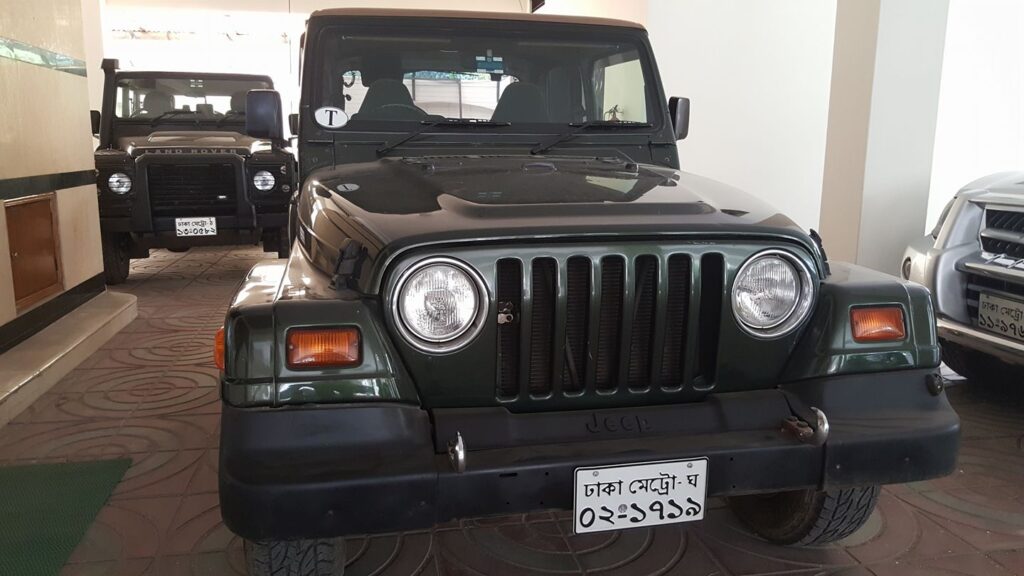
Q. Tell us about your car restoration Journey.
In 1998 I joined the bakery and I also acquired my first car. It was a red Nissan Cedric. I completed the full restoration of the Cedric within two years. After the restoration, the mechanics who knew about a lot of other guys with cars and they started offering me to take more cars. Then with all my spare money, I acquired my second car which was Nissan President. I was lucky enough as it did not require any restoration because it ran only 24000 miles and it also used to belong to the Bangladesh Government. Gradually, I started collecting more cars, and then I moved into four-wheeled drives which we call Jeep. I started getting those old government vehicles which we saw on the road in the 70s and they are rusty and go for auction. I started getting them and I was interested in them because they were easier as well as cheaper to restore and of course they were really fun to drive. I restored a Wrangler Jeep, a first-generation Toyota Land Cruiser (J40), a Mitsubishi Wagon, and lastly a first-generation Nissan Patrol. I stored all these vehicles, one after each in my factory shed.

Q. If you are asked to pick any particular car to drive in Dhaka city which car brand you will pick and why?
As a classic driver, I would love to drive European classics. For that, I would prefer my old Jeep Wrangler daily. Because European and American vehicles are rarer rather than Japanese vehicles. If you drive a Japanese classic and as well as the European classic on the road, you will find that people will stare at the European classic more because it takes more money to restore. That’s why you get more thumbs up and stares.
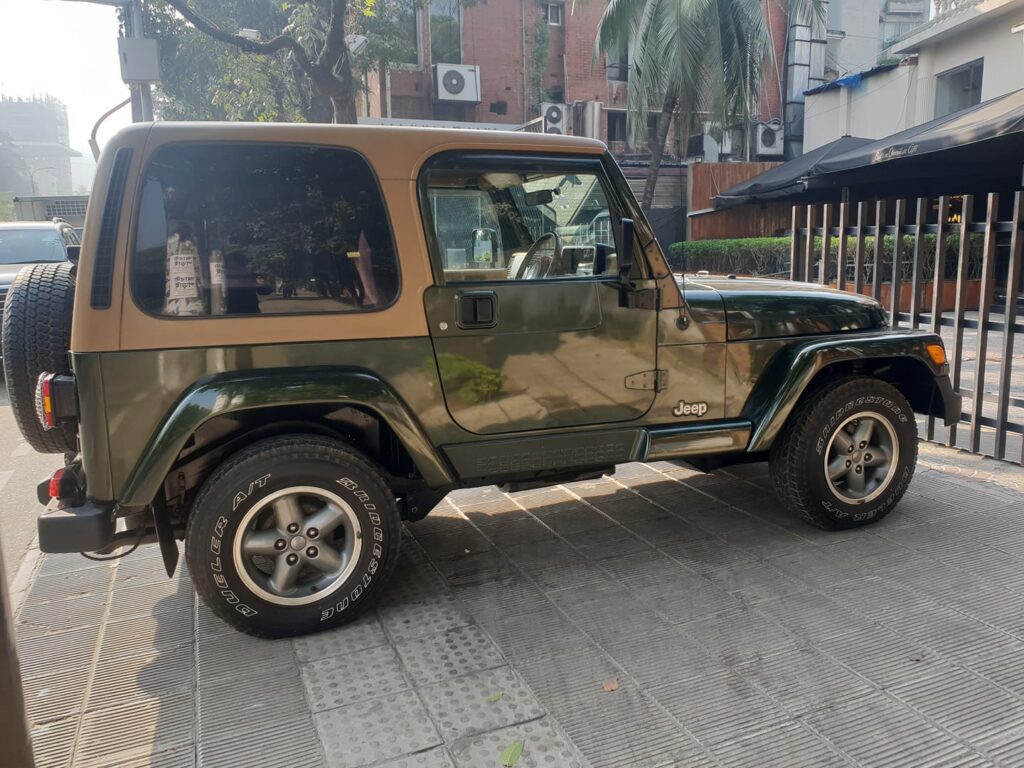
Q. Besides passionate car enthusiasts you also have another identity of being known as the owner of one of the top pastry shop cooper’s. Share your interest in this venture?
I have a passion for industrial designs and the continuous flow of food over the machines. That is where Cooper’s comes in. Most of the cakes are distributed by machines and not by hand. That is something very fascinating for me because we can assure consistency. That drive for the machines also ignited my passion for cars.

Q. What keeps you busy nowadays and what other hobbies do you have right now?
The restoration takes up all your time. So, by the time you have no more energy for the third hobby. I think with a lot of criticism and a lot of deceiving with the family time we still give time to our hobby for cars.

Q. Do you have any advice for the newcomers?
A lot of newcomers, when they get an original classic they try to think a little overboard and they remove some of the original parts and replace them with aftermarket oversized parts to look cooler. That is a wrong thing to do because classics are like investments. So, the more you can restore to the original condition as much, you are investing in the vehicle by pushing up the price high. Even if you think of selling it, you can sell it at a very good price, and in the future, the question is going to be how original it is. Therefore, if you put more aftermarket parts it would devalue the classic car. Try to take the car to its original state and keep it original.
